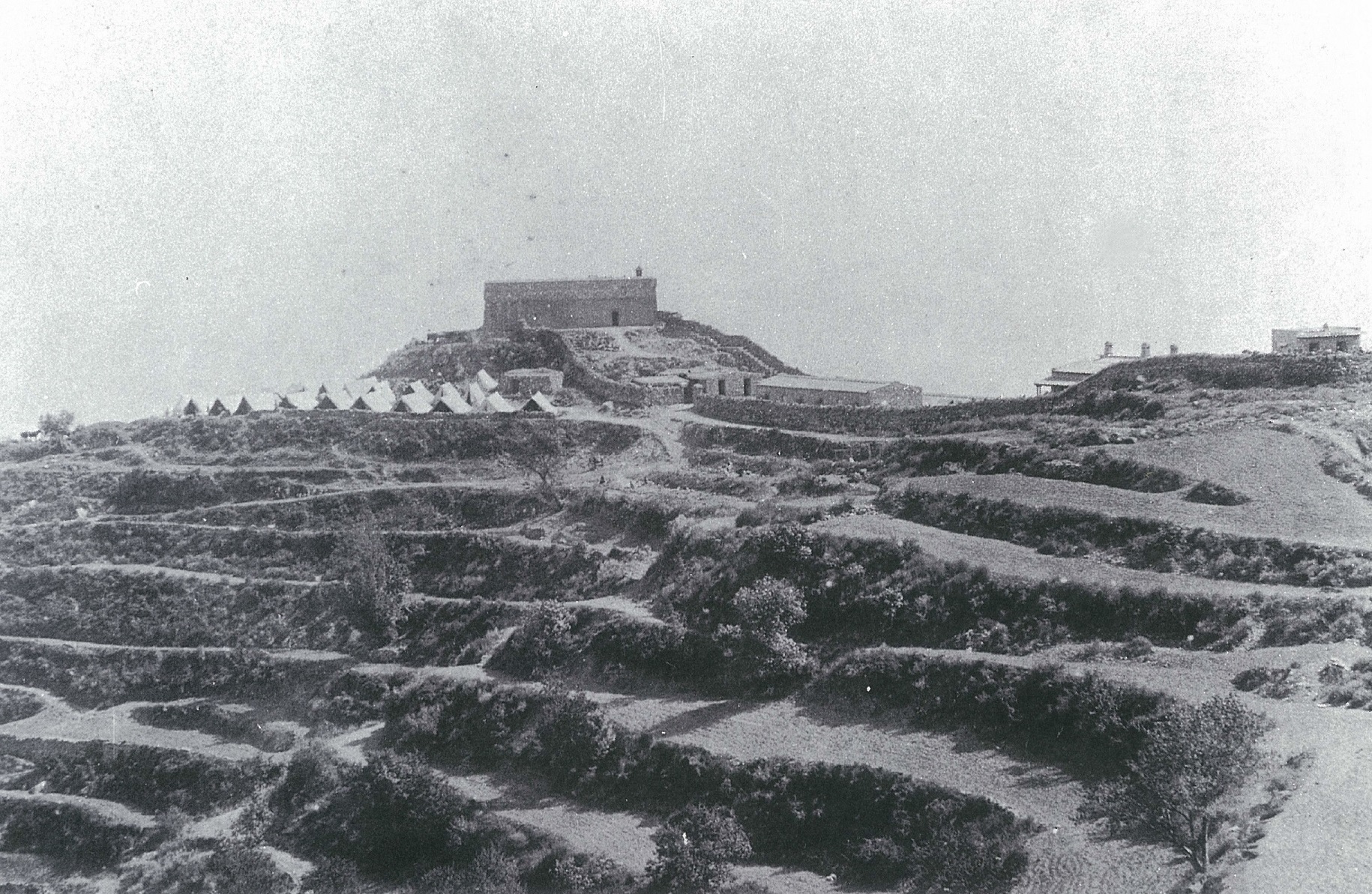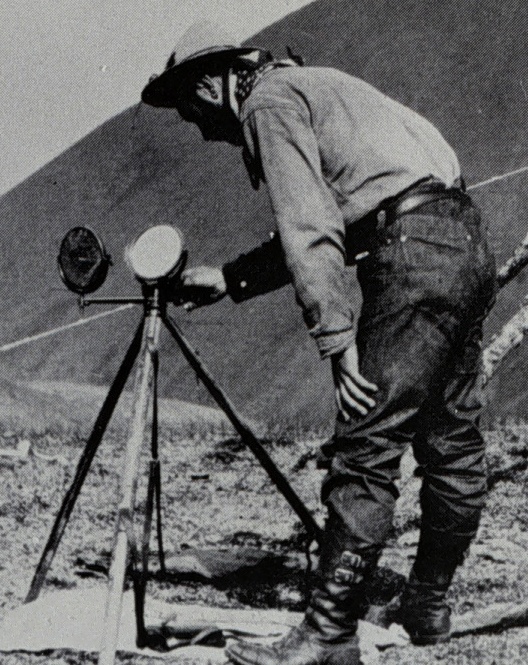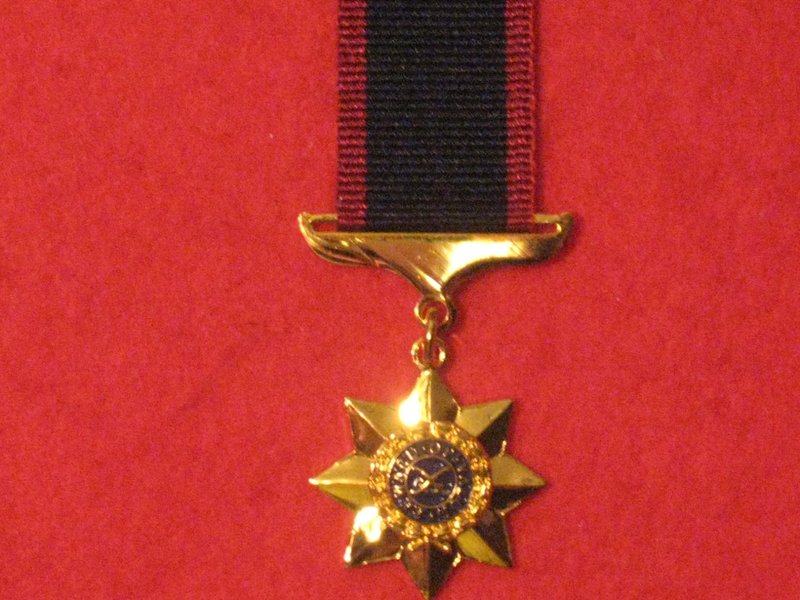Battle of Saragarhi
 |
| Fig:- Battle of Saragarhi |
 |
| Fig:- The Warriors |
| Fig:- Location of Saragarhi on Map |
 |
| Fig:- Heliograph |
 |
| Fig:- Medals Presented to the soldiers |
 |
| Fig:- Saragarhi Memorial Gurudwara |
The Battle of Saragarhi is one of the most significant and inspiring tales of bravery in Indian history. It took place on 12 September 1897, in the North-West Frontier Province (now Khyber Pakhtunkhwa, Pakistan) between 21 Sikh soldiers of the British Indian Army and around 10000-12000 Afghan tribesmen. This battle is a testimony to the valour and sacrifice of the Sikh soldiers who fought to their last breath in the face of overwhelming odds.
The Sikh soldiers were stationed at the Saragarhi (Saragarhi is a small village in the border district of Kohat, situated on the Samana Range, in present-day Pakistan) outpost, which was established to provide communication between Fort Lockhart and Fort Gulistan in the Samana Range of the Hindu Kush mountains. The outpost was manned by 21 soldiers from the 36th Sikhs, led by Havildar Ishar Singh. The soldiers were armed with Martini-Henry rifles and had limited ammunition.
On the morning of 12 September 1897, the soldiers noticed a large gathering of tribesmen in the distance. It soon became apparent that the tribesmen were planning to attack the outpost. The Sikh soldiers, knew that they were outnumbered and outgunned still they fought till their last breath.
During the Battle of Saragarhi Sepoy Gurmukh Singh was ordered to keep sharing the events to Fort Lockhart by heliograph as they occurred. His messages were
Around 09:00, approximately 6,000–10,000
Afghans reach the signalling post at Saragarhi.
Sepoy Gurmukh Singh signals to Colonel Haughton, situated in Fort Lockhart, that they are under attack.
Haughton states he cannot send immediate help to Saragarhi.
The soldiers in Saragarhi decide to fight to the last to prevent the enemy from reaching the forts.
Sepoy Bhagwan Singh is the first soldier to be killed and Naik Lal Singh is seriously wounded.
Naik Lal Singh and Sepoy Jiwa Singh reportedly carry the body of Bhagwan Singh back to the inner layer of the post.
The Afghans break a portion of the wall of the picket.
Haughton signals that he has estimated that there are between 10,000 and 14,000 Pashtuns attacking Saragarhi.
The leaders of the Pashtun forces reportedly make promises to the soldiers to entice them to surrender.
Reportedly two determined attempts are made to rush open the gate, but are unsuccessful.
Later, the wall is breached.
Thereafter, some of the fiercest hand-to-hand fighting occurred.
Havildar Ishar Singh orders his men to fall back into the inner layer, whilst he remained to cover their retreat. After the inner layer was breached all but one of the defending soldiers were killed, along with many of the Pashtuns.
Sepoy Gurmukh Singh, who communicated the battle to Haughton as signalman, was the last surviving defender. His last message was to ask for permission to pick up his rifle. Upon receiving permission he packed up the heliograph and held the door of his signalling shed. He is stated to have killed 40 Afghans and the Pashtuns were forced to set fire to the post to kill him. As he was dying, Singh is said to have yelled repeatedly the Sikh battle cry "Bole So Nihal, Sat Sri Akal!" ("One will be blessed eternally, who says that God is the ultimate truth!").
Soldiers
The names of the 21 Sikh soldiers were:
1.Havildar Ishar Singh (regimental number. 165)
2.Naik Lal Singh (332)
3.Lance Naik Chanda Singh (546)
4.Sepoy Sundar Singh (1321)
5.Sepoy Ramm Singh (287)
6.Sepoy Uttar Singh (492)
7.Sepoy Sahib Singh (182)
8.Sepoy Hira Singh (359)
9.Sepoy Daya Singh (687)
10.Sepoy Jivan Singh (760)
11.Sepoy Bhola Singh (791)
12.Sepoy Narayan Singh (834)
13.Sepoy Gurmukh Singh (814)
14.Sepoy Jivan Singh (871)
15.Sepoy Gurmukh Singh (1733)
16.Sepoy Ram Singh (163)
17.Sepoy Bhagwan Singh (1257)
18.Sepoy Bhagwan Singh (1265)
19.Sepoy Buta Singh (1556)
20.Sepoy Jivan Singh (1651)
21.Sepoy Nand Singh (1221)
Aftermath
The bravery and sacrifice of the Sikh soldiers at Saragarhi became legendary, and their actions have been celebrated in India and around the world. The battle is considered one of the greatest last stands in military history, and the bravery of the 36th Sikh Regiment inspired future generations of soldiers.
The British Indian Army recognized the heroism of the Sikh soldiers and awarded them posthumous honors, including the Indian Order of Merit, which was then the highest gallantry award for Indian soldiers. The award is equivalent to today's Param Vir Chakra.Gurdwaras and Museums were also built at Amritsar and Ferozpur in their memory.
